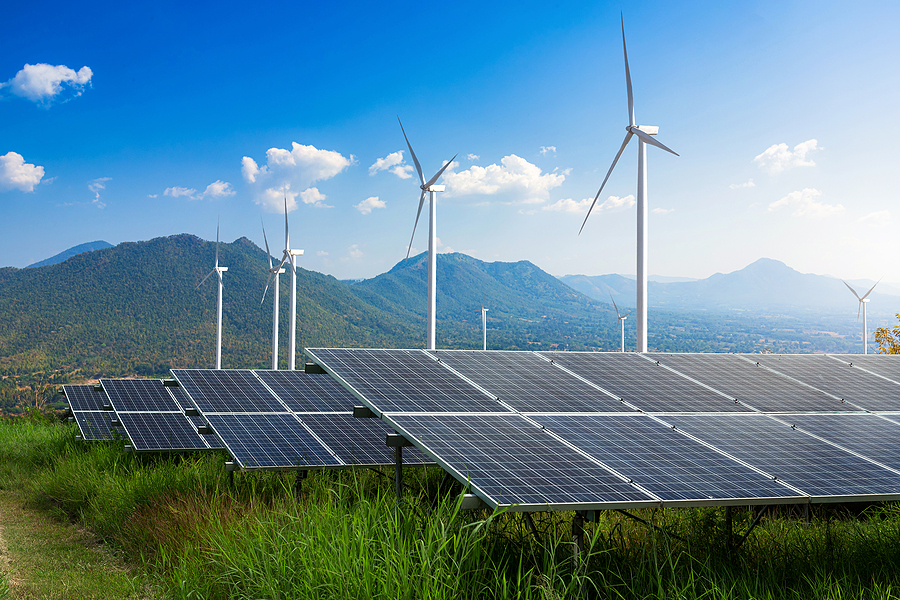Today, telephone, mobile, and internet line interruptions are one of the unpleasant ones for both service providers and subscribers. Telephone companies, as the main executive face a variety of challenges in providing the best service.
Disconnections can cause significant financial damage to these companies. It can lead to subscriber dissatisfaction, customer loss, and the choice of another active operator for better services.
Undoubtedly, we all suffer from phone and internet disconnections in a variety of situations and feel that the quality of service is poor. Establishing reliable and stable communications is the most important KPI for telecom centers, as loss of contact can have irreparable consequences for individuals in special and delicate cases.
One of the main reasons for this problem in telecommunication lines seems to be the lack of proper management of power supplies.
In this article, we want to explore ways to improve the situation so that we can better manage and store energy, and create the right infrastructure to deliver, manage and store energy to create a better experience for subscribers, which leads to more profit for the provider.
The installation of telecommunication towers at high altitudes and far from city centers, where there is no power supply infrastructure, increases the importance of the question of providing sustainable and reliable energy to the utilities for these centers.
In a general category, telecom stations can be divided into two categories based on their location:
The first group, which can use the national power grid because it is close to the city center and power supply infrastructure, and the second group, which cannot use the national power grid because it is far from the infrastructure, so it causes more problems providing the power supply.
There are many similarities in both categories that we will examine the energy supply of each group separately.
Electricity supply from the national grid is largely reliable, but apart from the relatively high cost of energy supply in this way, in some areas due to outdated infrastructure and other problems, power outages will be inevitable.
In emergency situations, the diesel generators and batteries are commonly used where alternative energy sources are required. However, the use of diesel generators is associated with high operation and maintenance costs, and also causes great pollution due to diesel consumption, causing serious environmental problems.
These cases can be considered more seriously in centers where the country’s power grid is not available due to continued use of diesel.
Due to technological developments and the potential use of renewable energies, the best way is to use these available and clean energy sources such as solar and wind energies.
At first glance, equipping the telecom centers with clean energy has a high initial cost, but it is economical due to the proper planning and management of energy resources, their parallel sharing, and the phasing out of old equipment. And it will be environmentally superior in the long term.

We have four different options in terms of configuring the green energy system:
Option 1: Solar is only used on sunny days without any storage. That is, you should use diesel or electricity at night or in the absence of sunlight.
Option 2: Solar and battery storage are the most expensive configurations due to the need to deploy large battery storage systems.
Option 3: Solar, battery storage and Diesel, but Diesel only works when we have cloudy days,
Solar power provides power during the day and also charges the battery for night usage, because in this option we don’t have a large battery storage system so we need diesel for cloudy days and when the battery cannot provide power for the whole night.
Option4: Solar, Wind, battery storage and Diesel. By adding windy power, we can generate the power during night or cloudy days. But in case of very unsuitable seasonality, Back-up diesel generators would be required.
Beyond options 3 and 4, you may be able to access the country’s power supply and manage consumption based on the cost and availability of each power source.
To achieve acceptable management of electricity sources, monitoring and analysis of usage is mandatory.
Today, with the Internet of Things and the design of a platform, we can easily access data remotely.
Arshon Technology has developed a monitoring system that can instantly, completely and accurately monitor the state of energy consumption and make the best decisions in terms of cost and resource availability based on a review of resource allocation data.
Conclusion:
Smartphones and the internet are the most important parts of our life today and we cannot live without them.
Many companies rely on the Internet and use web infrastructure. Loss of communication is unacceptable and causes many irremediable financial losses.
Telecom companies should be aware about the important role in people’s lives and businesses, so they should provide reliable communications, otherwise they lose their customers.
Power supply is one of the major issues for telecommunications stations, and the integration of renewable energy use and energy storage is an approach for reliable communication.
The most reliable and sustainable way seems to be a combination of available energy sources.
On the other hand, collecting data, monitoring the status of each power supply, and analyzing usage patterns can help you get the best results.
Author: Sara (Fakhri) Siahkar IoT Specialist @ Arshon Technology Inc.

